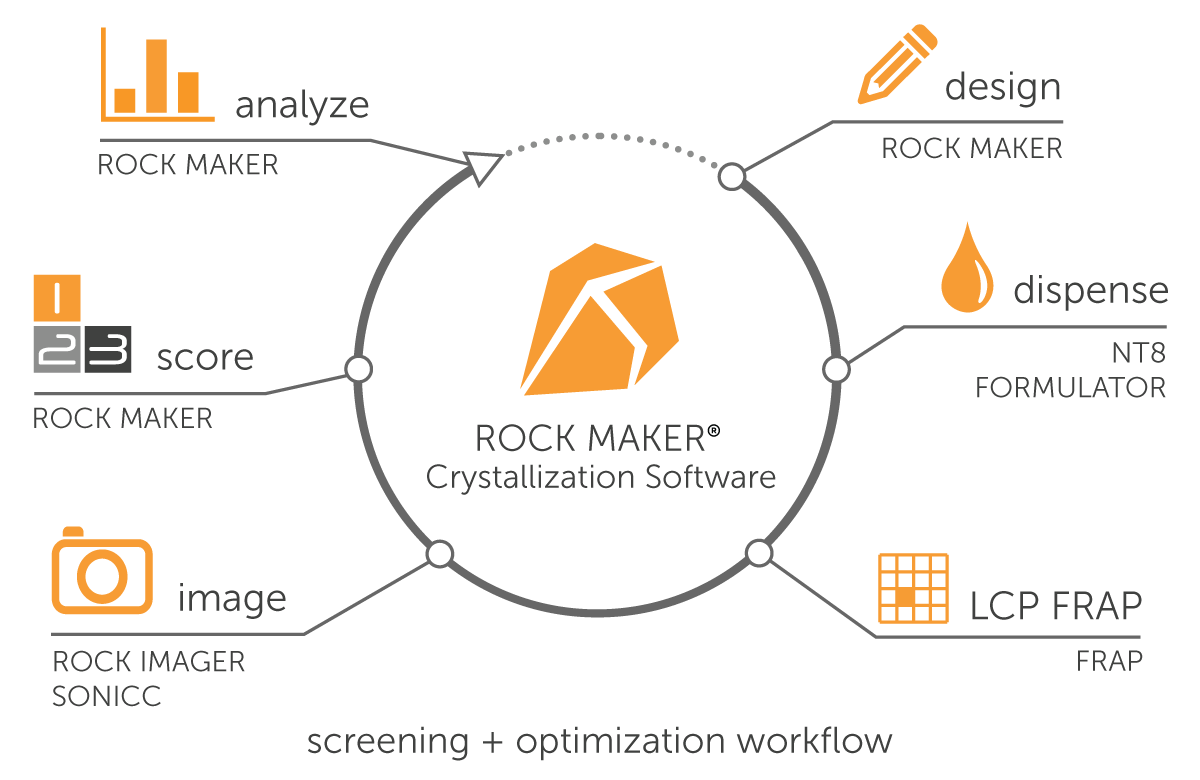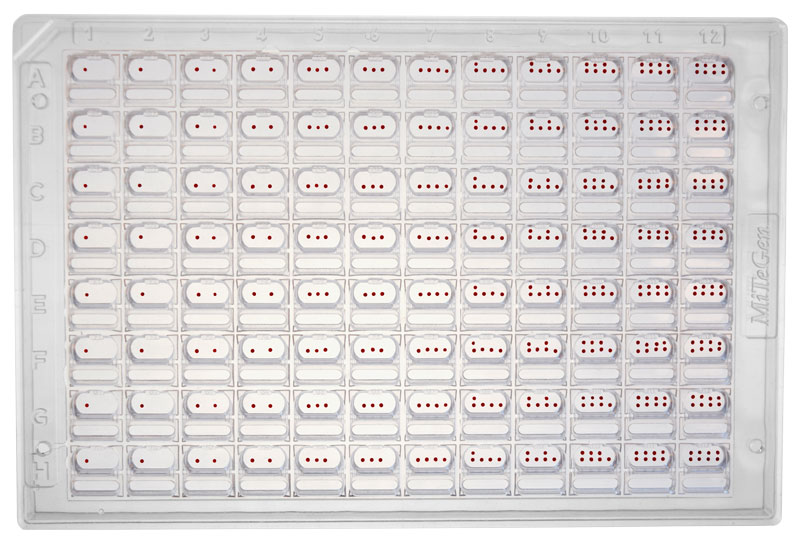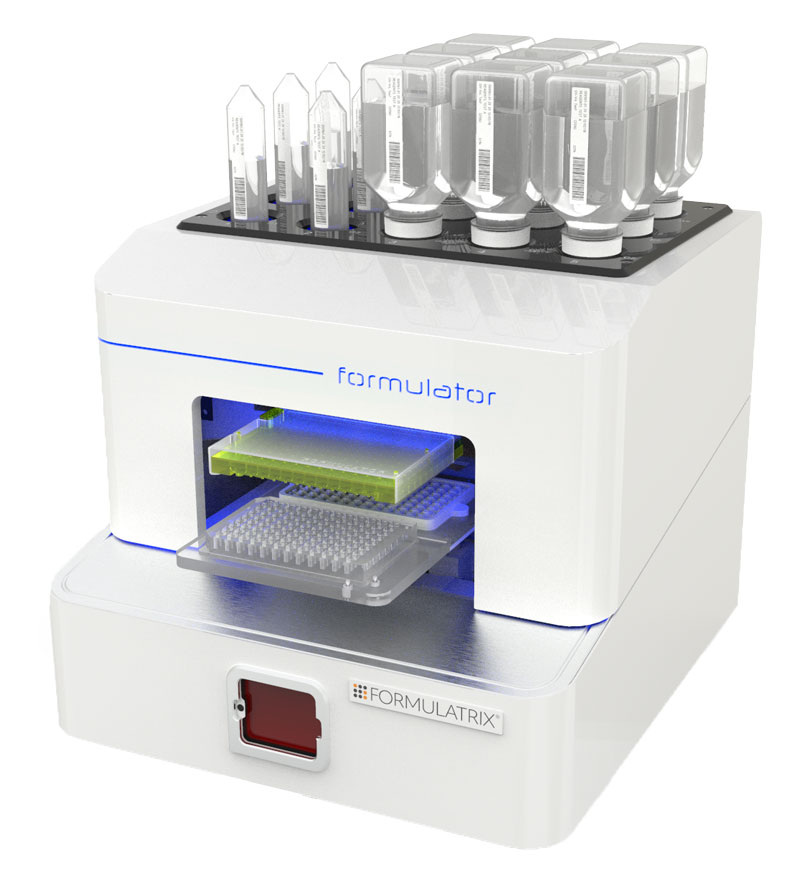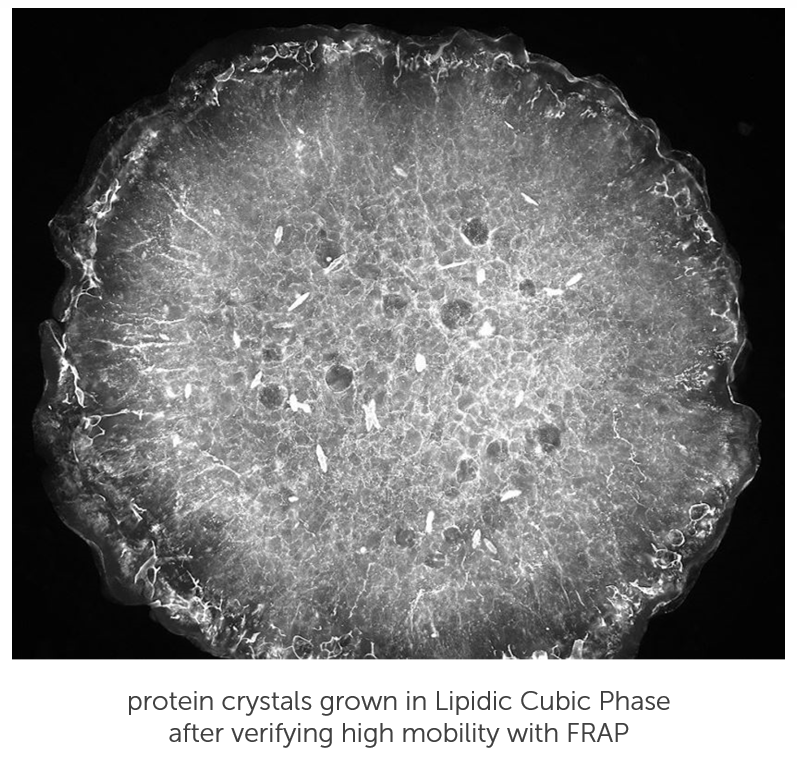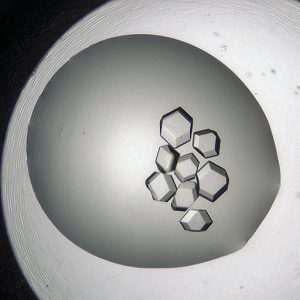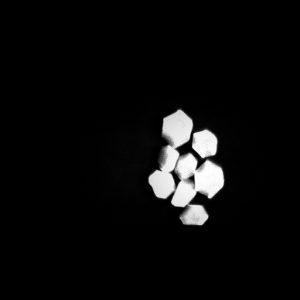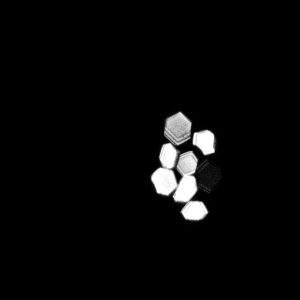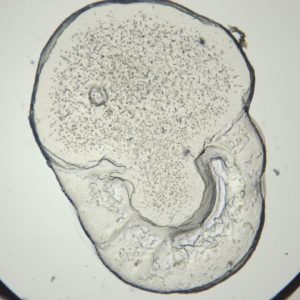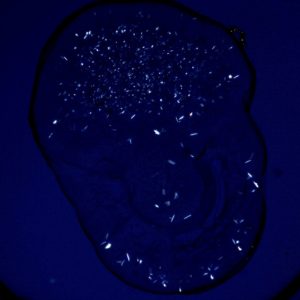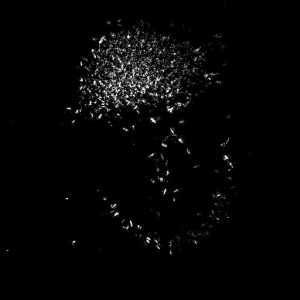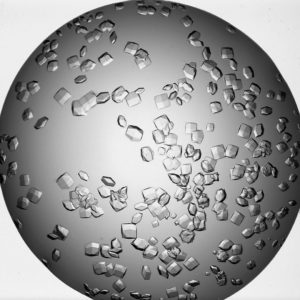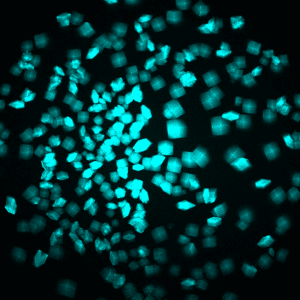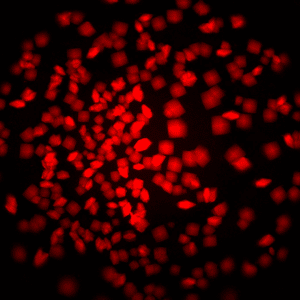Automate Your Protein Crystallization Workflow
Manage the entire protein crystallization experimentation process, from design and dispense with imaging viewing and analysis, all from one software, Rock Maker®.
Rock Maker is a Laboratory Information Management System (LIMS) that is there every step of the way, with powerful yet easy-to-use tools that help you get the results you need quickly.
Rock Maker integrates with:
Rock Imager® - Crystallization Imagers
Trusted Worldwide by Labs of All Sizes
Our protein crystallization solutions are trusted by hundreds of laboratories worldwide, including at the top 10 leading pharmaceutical companies and at academic research institutes from around the globe.
Our clients come from a broad range of scientific studies and backgrounds. We have flexible automation and software solutions to fit your budget and workflow, regardless of lab size.
Reliable + Reproducible Protein Drop Setting
The NT8 - Drop Setter is a fast, nanoliter-volume liquid handler with drop dispensing capability for protein crystallization, including Lipidic Cubic Phase (LCP) experiments. The 8-tip head aspirates and dispenses drops from 10 nL to 1.5 μL.
- Set up hanging drop, sitting drop, microbatch, in meso Lipidic Cubic Phase (LCP) drops, additive, and seeding experiments
- 8-tip head aspirates and dispenses drops from 10 nL to 1.5 μL
- Reusable tips give you the option to dispose of tips after each dispense or reuse them to reduce costs and environmental waste
- Proportionally-Controlled Active Humidification minimizes sample evaporation and increases experiment reproducibility
Build Protein Crystallization Screens with Ease
The Formulator Screen Builder is a next-generation liquid handler designed specifically for protein crystallography. The system uses patented microfluidic technology to dispense up to 34 different ingredients. A 96-nozzle dispensing chip can dispense any volume of any ingredient of any viscosity into any well.
- The patented microdiaphragm pumps dispense volumes from 200 nl and up into any microplate, even deep well blocks and non-SBS VDX/Linbro plates
- Integrated barcode scanner automatically loads experiment and ingredient data while bottle sensors automatically know where ingredients are located
- Reduce your lab’s costs and environmental impact, as no consumables are needed
- Closed ingredient containers prevent evaporation, contamination, and noxious fumes from escaping
Find the Optimal Conditions for LCP Crystal Growth...
Without Waiting on Your Crystals.
Prior to setting up protein crystallization experiments, you can quickly screen LCP conditions using Fluorescence Recovery After Photobleaching (FRAP). FRAP is an optical technique that assesses how easily protein is moving about in an LCP drop. If protein is aggregated, or the LCP structure is collapsed, the protein will not diffuse and, therefore, never crystallize.
- Accelerate crystallization methods and rule out suboptimal conditions without having to wait on the crystals growing
- Automated and user-friendly system requires a few clicks of a button to initiate a complete analysis of your plate
- All of the results and analyses are integrated into Formulatrix's protein crystallography-specific software lab management software (Rock Maker and Rock Imager)
FRAP was developed in collaboration with Vadim Cherezov (TSRI) and the JCIMPT center led by Ray Stevens and supported by the NIH Common Fund in Structural Biology.
Learn More About Your Protein Drops with Crystal Clear Imaging
Rock Imager is the most trusted imager for protein crystallography and is used by the top 10 pharmaceutical companies and many renowned academic centers worldwide.
Image your drops with multiple imaging technologies allowing you to discover more about your protein drops, including Visible Light, UV, Multi-Fluorescence Imaging, FRAP, and SONICC.
- Various models to fit your budget and workflow to image a single plate up to 970 SBS plates or 1500 LCP plates
- Seamless integration with Rock Maker or your current crystallization software via ROCK IMAGER API
- Temperature regulation options available for precise temperature control from 30°C down to 4°C
- Multiple plate options available, including SBS, Linbro, Nextal, Terasaki/HLA, and LCP plates
Remove the Guesswork.
SONICC Finds Crystals that Other Technologies Cannot.
The ultimate imaging technology in visualizing protein crystals, Second Order Nonlinear Imaging of Chiral Crystals (SONICC) definitively finds crystals buried in precipitate or submicron crystals naked to the eye. Two powerful technologies, Second Harmonic Generation (SHG) and Ultraviolet Two-Photon Excited Fluorescence (UV-TPEF) are combined together in a completely automated imager to quickly image your high throughput protein crystallization plates and positively identify protein crystals.
- Crystals appear white against a stark black background, helping you to identify crystals even in murky environments
- Quickly find difficult to see crystals simply by glancing at thumbnails of your plate
- Detect extremely thin crystals, microcrystals <1 μm, and crystals obscured in birefringent LCP
- Definitively distinguish between precipitate and crystals
- Determine which crystals are protein and which are not
Publications
FAQs
What is automated protein crystallization, and how does it advance structural biology research?
Automated protein crystallization involves using robotic systems to perform every step of the crystallization experiment without manual intervention. This automation improves efficiency, reproducibility, and throughput while minimizing human error. By accelerating the crystallization process and enabling the screening of a larger number of conditions, automation allows researchers to identify optimal crystallization hits faster, thereby speeding up structure determination and advancing structural biology research.
What types of laboratories benefit the most from automated protein crystallization solutions?
Any laboratory aiming to streamline and enhance its crystallization workflow, whether low-, medium-, or high-throughput, can benefit from Formulatrix automated crystallization solutions, making these systems valuable for both academic and industrial structural biology labs.
What common challenges in manual protein crystallization are solved through automation?
Performing protein crystallization manually is a time-consuming and labor-intensive process, with limited throughput and a high chance of error at every step of the workflow. Employing automation minimizes pipetting errors, conserves valuable protein samples, and enables high throughput under precisely controlled conditions. In this way, it allows faster screening, streamlines optimization, and provides more reliable results with less hands-on time.

